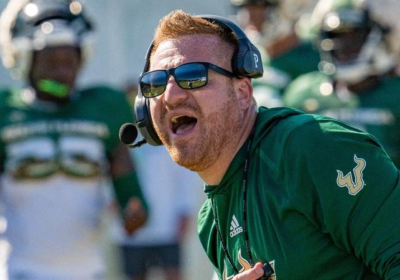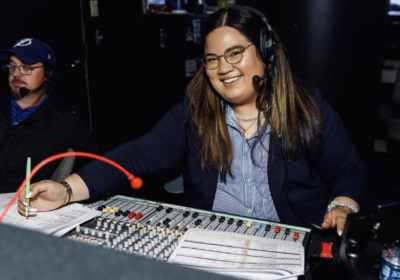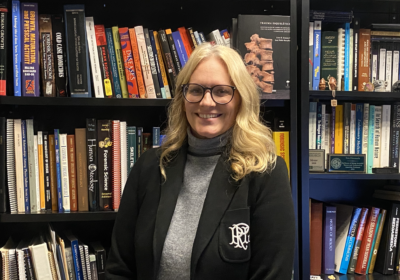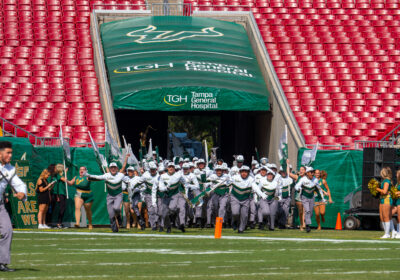USF Oliver Gallery gets ‘Down and Dirty’

An upcoming exhibit at the USF Oliver Art Gallery will educate students on an intricate art form that emphasizes originality.
USF’s Down and Dirty Printmaking student organization will bring the show, titled “Backbone,” to the gallery Sept. 22-25, with a reception on the 26th at 7 p.m. This show will include a display of multiple art techniques such as paintings and sketches with a focus on printmaking.
Printmaking is not an art form that simply replicates a photograph, though careful replication is essential. Clayton Petras, a senior and president of Down and Dirty Printmaking, said every copy is considered an original because, depending on an artist’s technique, each print may have slight differences.
“Printmaking is about replication, being able to produce the same exact image over and over again,” Petras said. “It’s challenging, exciting and sometimes frustrating.”
Creating prints involves transferring ink through a matrix onto a variety of materials such as paper or fabric. The most common forms of matrices are metal plates, stone, and wood. Printing onto fabric involves silk screens or other synthetic material and is normally referred to as screen printing.
The difference between the traditional way to make prints and this club’s focus is, instead of placing the paper on top of the matrix, the matrix is on top of the paper for better correlation of overlapping colors on a single image.
Printmaking dates back to around 105 A.D. in China. It eventually made its way to Europe in the 15th century.
“Printmaking became popular because they are cheaper than paintings,” Petras said. “People could still have art in their homes without paying so much money for it. Now it’s coming back because people want to get back into classical art.”
Different techniques were developed soon after, such as relief printing. Now referred to as a stamp, relief printing is the application of an image from a raised portion of a carved or etched block to a chosen material.
Another technique, lithography, involves the chemical repellence of oil and water. Images are drawn on a flat stone, metal or plastic surface with greasy material and then oil is rolled onto the surface. The portions that have been colored in are those without grease and the image is then pressed onto paper.
One of Petras’s concentrations involves Intaglio, where an image is engraved on a metal surface with tools or acid. He says he enjoys the “high contrast” shown in the print when working with a very dark shade of black.
“You take the knowledge of art that you have and work backwards,” said Jon Berdanier, a senior majoring in art. “You have to try to replicate your work, making proof after proof.”
Anyone is able to submit their work and all students who submit work could win a cash prize and the chance to have their art placed in the Oliver Art Gallery after the show.
The organization’s goal is to show the campus a different way to make art.
“Art is important for everyone to experience,” said Berdanier. “This is a show to get people more aware of what printmaking is.”
Backbone hopes to inspire and educate all lovers of art, experienced and curious, with a variety of pieces.
“A lot of students at USF aren’t aware of how talented some of these people are,” Petras said. “It’s important for them to get out and see the work. Maybe they’ll like it and maybe it’ll challenge them, either emotionally or morally. That’s what art is supposed to do.”






